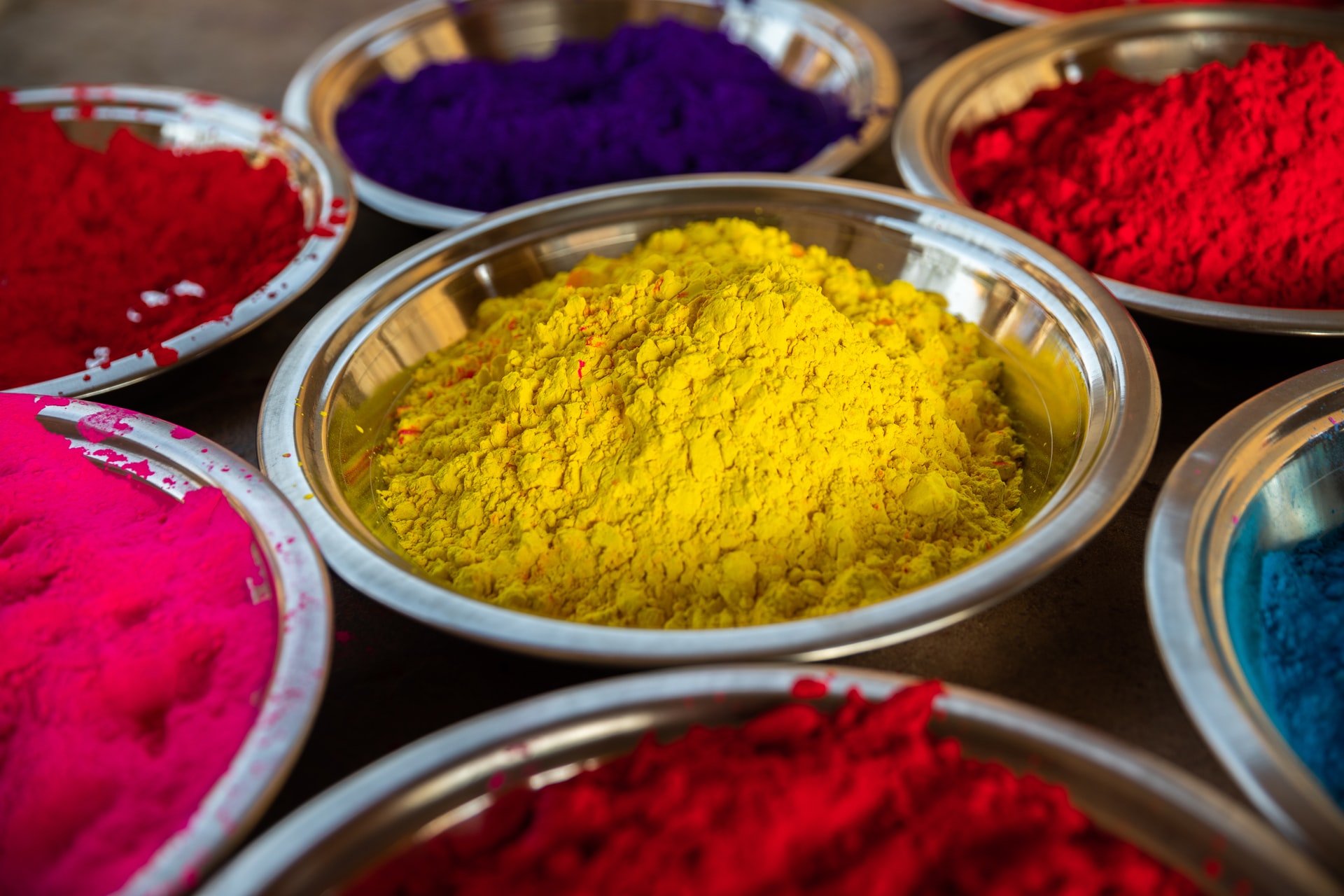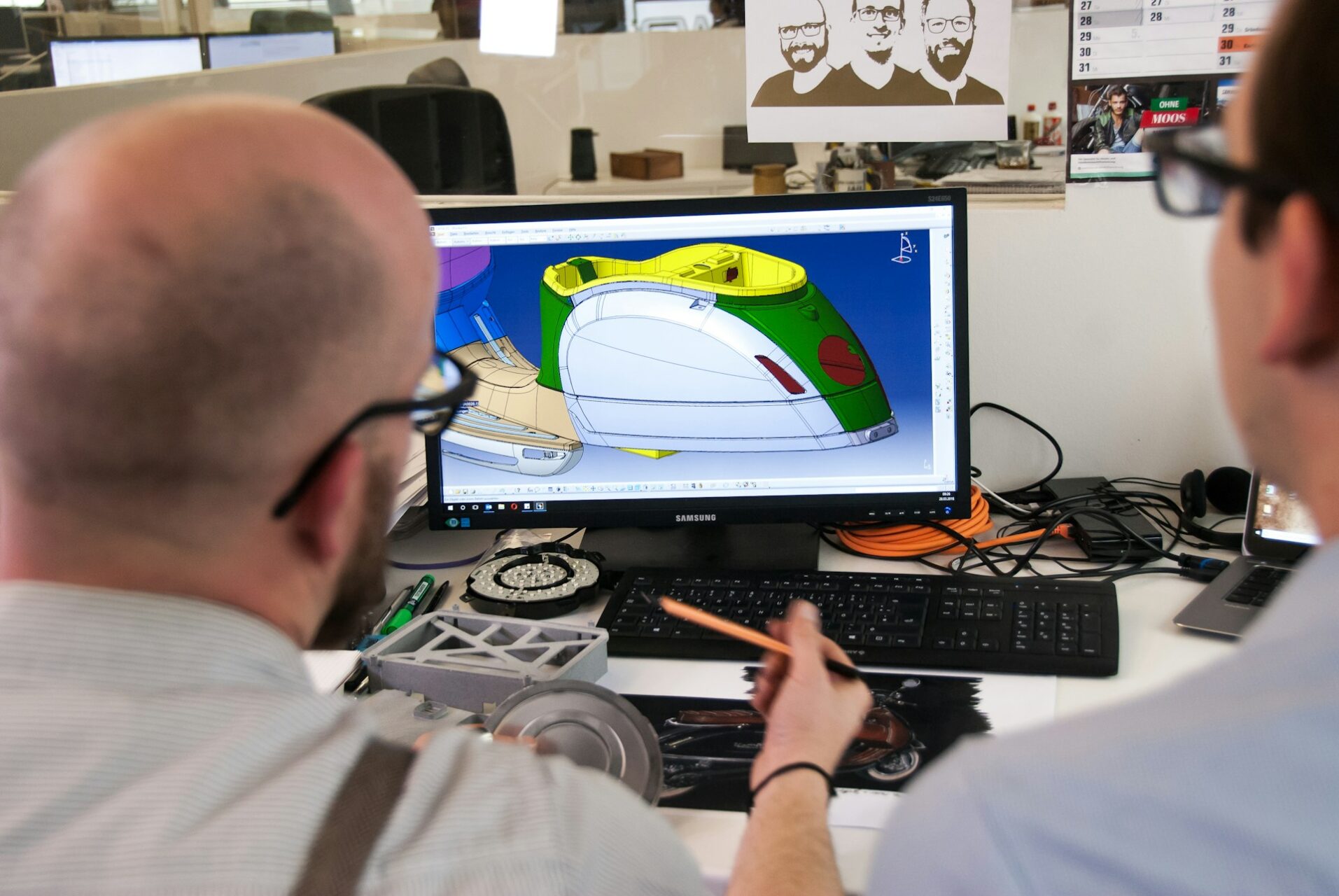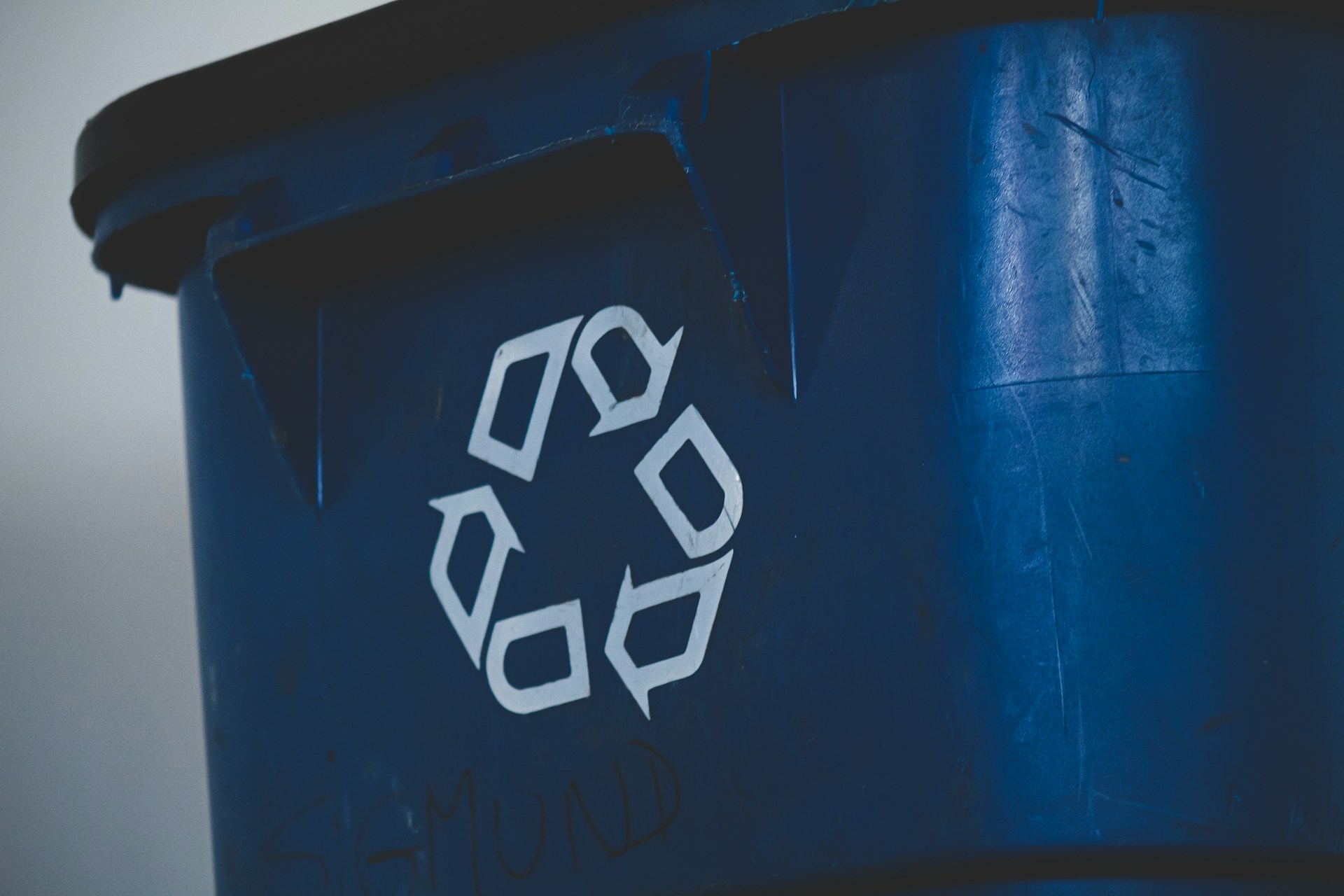
Why Use Protective Coatings and Sealants?
September 8, 2022 - Emily Newton
Revolutionized is reader-supported. When you buy through links on our site, we may earn an affiliate commision. Learn more here.
To make a durable product, you often need to think about more than just the material that the product is made from. Even the toughest raw materials can corrode, weather or break down when exposed to the wrong conditions.
Protective coatings and sealants help to protect products of all kinds from environmental hazards, contaminants and similar threats.
By applying the right coating or sealing, a manufacturer can significantly extend the lifespan of a product, helping to make it more valuable and useful to a buyer.
Just as products may face a variety of threats, manufacturers use a diverse array of protective coatings and sealants on their products. These are some of the most common — plus new coating technology that may soon make products even more durable.
Why Do Products Need Protective Coatings and Sealants?
Almost all products, regardless of their intended purpose, will face hazards that can potentially damage or degrade them. Industrial products, in particular, may need special protection from the hazards they face. Even consumer products that won’t be exposed to harsh conditions on a regular basis may need protection.
Common hazards include moisture, UV light, chemicals, shocks, falls and extreme temperatures. Moisture, for example, can cause metals to rust, while UV light can weaken plastic, eventually causing it to degrade or disintegrate.
These hazards can cause otherwise cost-effective and durable materials to fail, reducing their value and usefulness in certain applications.
Protective coatings and sealants are two types of CASE (coating, adhesive, sealant and elastomer) materials. These materials protect products, buildings and components from environmental hazards.
Coatings and sealants are similar. In general, sealants are usually intended to prevent fluids from passing through joints, surfaces or openings in an object. Coatings, however primarily protect the object’s surface.
Different Types of Coatings and Sealants
To protect their products, manufacturers use a wide range of sealants and coatings. Different coatings often offer different types of protection, meaning that the same coating may not be useful for every product that a manufacturer offers.
Often, coatings exist in a coating system that uses multiple product types — like primers, coatings and topcoats — to provide full protection for a product. These are some common coating types and ingredients.
Epoxies
Epoxy coatings are similar to the epoxy adhesives — including glue — that you can find in craft and hardware stores.
The coatings are two-part materials, generally made by blending an amine curing agent with epoxy polymer. The curing agent reacts with the epoxy polymer to create a tough and durable solid coating from two liquid ingredients.
Formulators of epoxy coatings will vary the specific ingredients in their epoxies, as well as the ingredient ratios, to create coatings with a wide variety of physical properties. As a result, epoxy coatings can suit products that need to be ready for a wide variety of environments and conditions.
Epoxies bond well to a variety of surfaces and are generally effective at resisting weathering and abrasion.
Hazardous application fumes and long curing times can make epoxy coatings difficult to apply safely, however. Workers can also become increasingly sensitive to epoxy fumes over time — a process known as epoxy sensitization — which makes safety even more critical.
Manufacturers usually apply epoxies to their products as part of a two- or three-part system. For example, the manufacturer may apply a zinc coating to the product, which will act as a base layer, before the epoxy coating.
In a three-part system, the manufacturer may also apply a top coat, made out of another material.
Polyurethane Coatings
Popular as both a top coat and solo coating material, polyurethane is a plastic material that can manufacturers use in coatings, adhesives, fibers and products of all kinds.
As a coating, polyurethane provides good protection against abrasion, chipping and general wear and tear. A polyurethane coating can maintain its vibrancy over a long period of time, making it a good option for products that need both protection and aesthetic appeal.
Using polyurethane as a coating can also help to reduce manufacturing costs, as most polyurethane coating systems are cheaper than other options.
However, polyurethane has poor weatherability and heat capacity. The material is also flammable and won’t stand up to most common solvents — meaning that it’s often a bad fit for products that need to survive industrial environments.
As with epoxy coatings, polyurethane coatings are also toxic until fully cured.
Zinc-Based Primers and Coatings
Zinc metal has a number of properties — including corrosion resistance — that makes it a good ingredient for high-performance coatings.
After application, the zinc in a coating will corrode rapidly, creating a zinc patina that forms a barrier between the product and the atmosphere.
Manufacturers may use a variety of techniques to apply zinc metal as a coating to their products. Popular strategies for this process include galvanization, electroplating and metallization. Different coating application methods will create zinc coatings with different thicknesses, potentially resulting in different levels of product protection.
Coating Application Methods
Different types of coatings may require different application methods. How a manufacturer applies a coating can also have an impact on the coating’s performance and appearance.
Powder Coating
Powder coating is a dry finishing process that allows manufacturers to apply a coating to metal objects for decorative or protective purposes. The manufacturer uses an electrostatic process to coat the product with a dry powder, which is then cured with heat.
The typical powder coating can come in a variety of colors and finishes, and will provide the product with resistance against corrosion, scratching, chipping and fading.
Electroplating
A common application of electrochemistry, electroplating is a technique for applying a metal coating to a surface or object using electricity.
Through the use of controlled electrolysis, an engineer can transfer material from an anode (in this case, an object containing the metal that will serve as a plating) to a cathode (the object the engineer needs to coat).
The engineer places the anode and the cathode in an electrolyte chemical bath, then exposes both to a continuous electrical charge. Electricity causes negatively charged ions to the anode and positively charged ions to move to the cathode, coating the object in a metal covering.
What to Know About Coatings and Sealants
Even with highly durable materials, products of all kinds can still be vulnerable to hazards like moisture and heat. The right coating will protect products from these hazards, ensuring that they last as long as possible — or will be useful in harsh operating conditions.
Manufacturers may use several types of protective coatings, depending on their particular needs and budget. Epoxies and polyurethane coatings, for example, are both popular coating materials. Often, epoxies and polyurethane may be used together, with epoxy forming the main coating and polyurethane serving as a top coating.
Some materials, like zinc metal, may both serve as a coating on their own or provide a priming base for other coatings to adhere to.
In addition to protecting a product, a coating can also enhance visual appeal, provide luster or change the color of a product.
Revolutionized is reader-supported. When you buy through links on our site, we may earn an affiliate commision. Learn more here.
Author
Emily Newton
Emily Newton is a technology and industrial journalist and the Editor in Chief of Revolutionized. She manages the sites publishing schedule, SEO optimization and content strategy. Emily enjoys writing and researching articles about how technology is changing every industry. When she isn't working, Emily enjoys playing video games or curling up with a good book.




